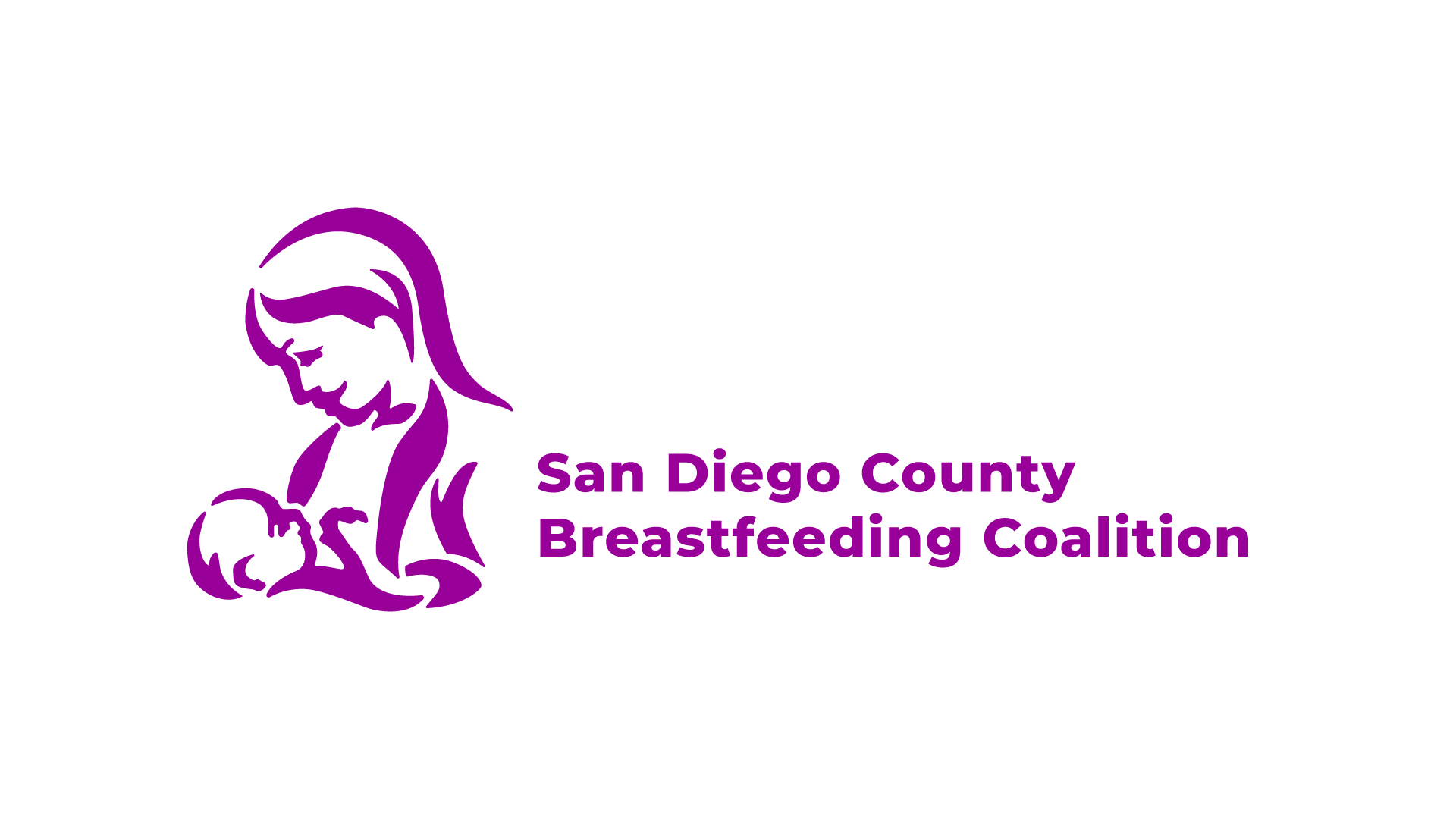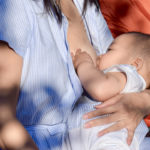The real cost of breastfeeding
I have been writing blogs for the San Diego County Breastfeeding Coalition for almost six years now (wow)! In one of my earliest posts, I wrote that “breast milk is free.” But I was wrong.
Between my two children, I have breastfed for almost four years and loved every minute of it. But breastfeeding is far from free.
I have spent almost $600 on breastfeeding-related products and services. About $220 went to a lactation consultant because my littlest one and I had a rocky start. It turned out he had tongue and lip ties, and we had to have the ties released when he was two weeks old. Luckily, the procedure was covered by insurance, so is my electric pump. Then there were vitamins for $70, the nursing pillow for $30, three pairs of bras for $60, the milk collection shells for $30 and six reusable nursing pads for $15, the lanolin cream for $10, six bottles for $40, 100 storage bags for $20, and the cooler for$25. I also got a nursing cover for $20 and a couple of nursing tops. While some mommy blogs, breastfeeding support groups, and even some health providers would argue that a nursing cover is unnecessary, at the beginning I didn’t feel comfortable breastfeeding in public.
The U.S. surgeon general estimates that breastfeeding could save families between $1200 to $1500 on formula in an infant’s first year. True, unlike formula, all of the nursing expenses are in theory optional, if you are never away from your baby for more than one hour, in which case the pump, the bottles the cooler become a requirement, or never take the baby in public for more than one hour, in which case nursing clothes become a necessity. But with mothers struggling with various issues from low milk supply to returning to work while breastfeeding, having access to a lactation consultant and a high-quality pump makes the difference between continuing of giving up nursing, and none of those comes cheap. Vitamin D supplements are recommended by pediatricians for breastfeeding babies. A nursing pillow helps positioning the baby for breastfeeding, which can promote successful latching and save mothers from posture-related back pain. Pads and milk collection shells help me with my leaking breast milk.
Breastfeeding is only free when everything goes 100 percent smooth, which is often not the case. And that does not include the indirect costs, the “motherhood penalty.” A British research found that women who nurse their children longer are less likely to come back to work within a year after giving birth. Another Canadian study found that even after going back to work, mothers who have breastfed longer tend to be more penalized in their income.
Breastmilk has indisputable health benefits, that’s why the World Health Organization recommends exclusive breastfeeding up to six months of age, with continued breastfeeding along with appropriate complementary foods up to two years of age or beyond. But following that recommendation can be financially challenging for many mothers. That’s why we need to address breastfeeding inequalities.

